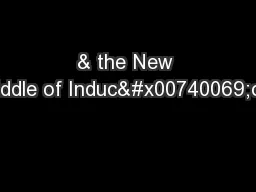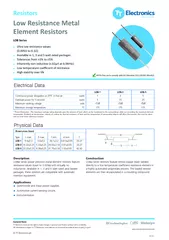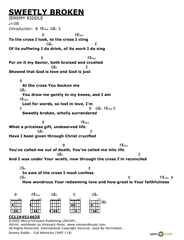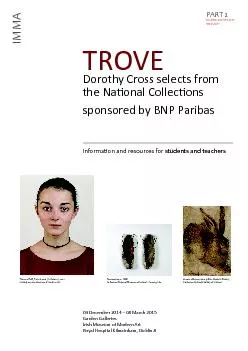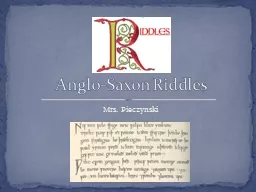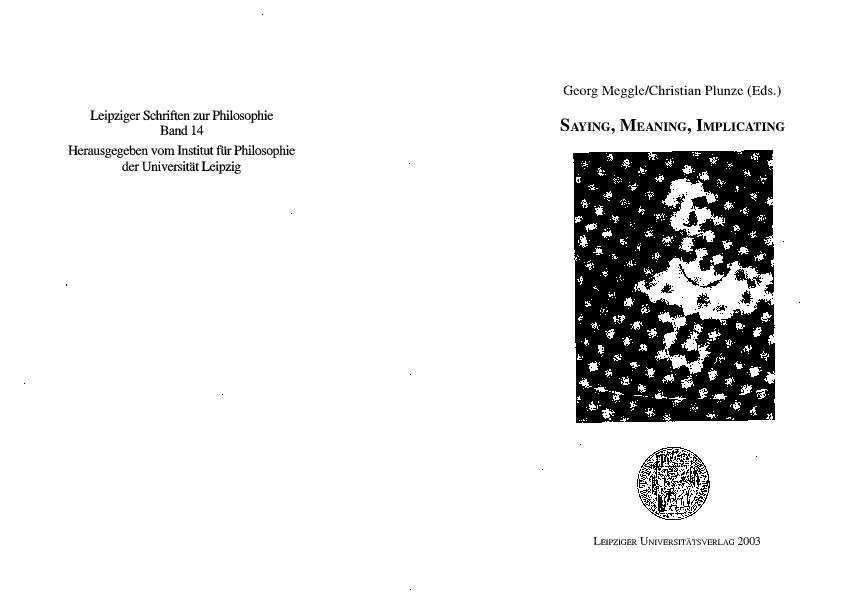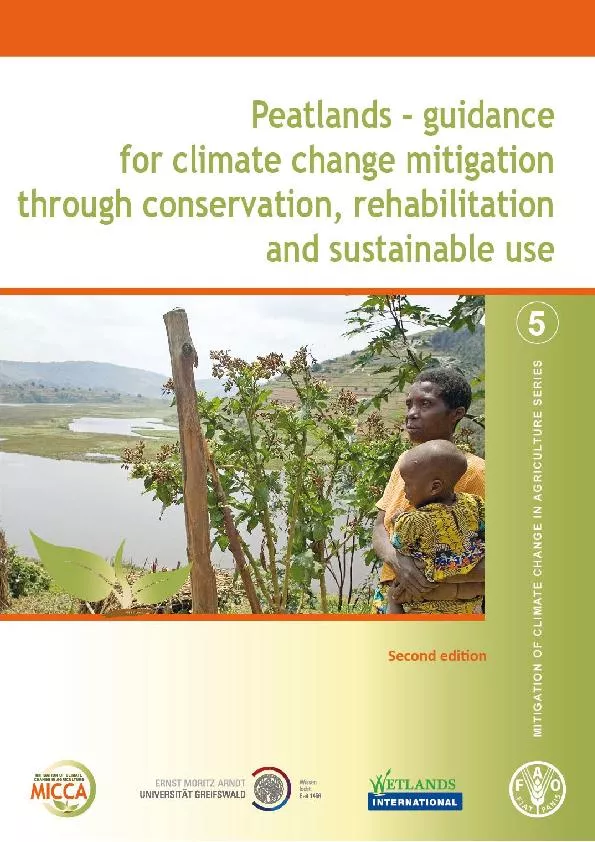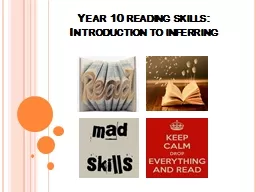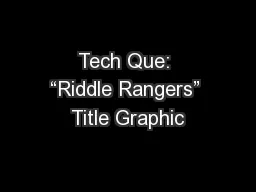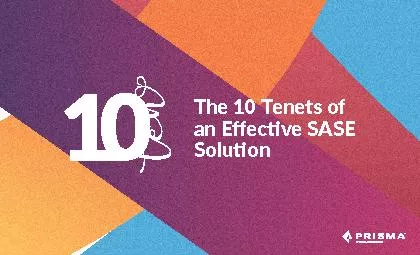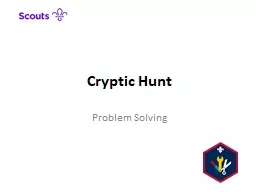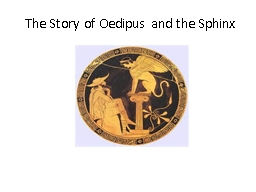PDF-& the New Riddle of Induc�on
Author : karlyn-bohler | Published Date : 2017-11-25
Nelson Goodman Khoa Doan x201C I nducx00740069on is the glory of science and the scandal of philosophy x201D C D Broad 1 Inducx00740069on and Goodman x2019 s New
Presentation Embed Code
Download Presentation
Download Presentation The PPT/PDF document "& the New Riddle of Induc�on" is the property of its rightful owner. Permission is granted to download and print the materials on this website for personal, non-commercial use only, and to display it on your personal computer provided you do not modify the materials and that you retain all copyright notices contained in the materials. By downloading content from our website, you accept the terms of this agreement.
& the New Riddle of Induc�on: Transcript
Download Rules Of Document
"& the New Riddle of Induc�on"The content belongs to its owner. You may download and print it for personal use, without modification, and keep all copyright notices. By downloading, you agree to these terms.
Related Documents

